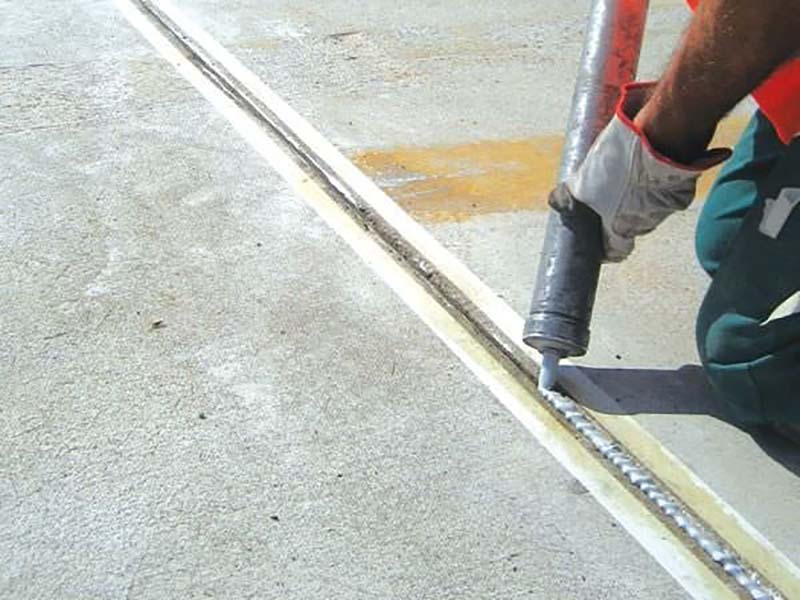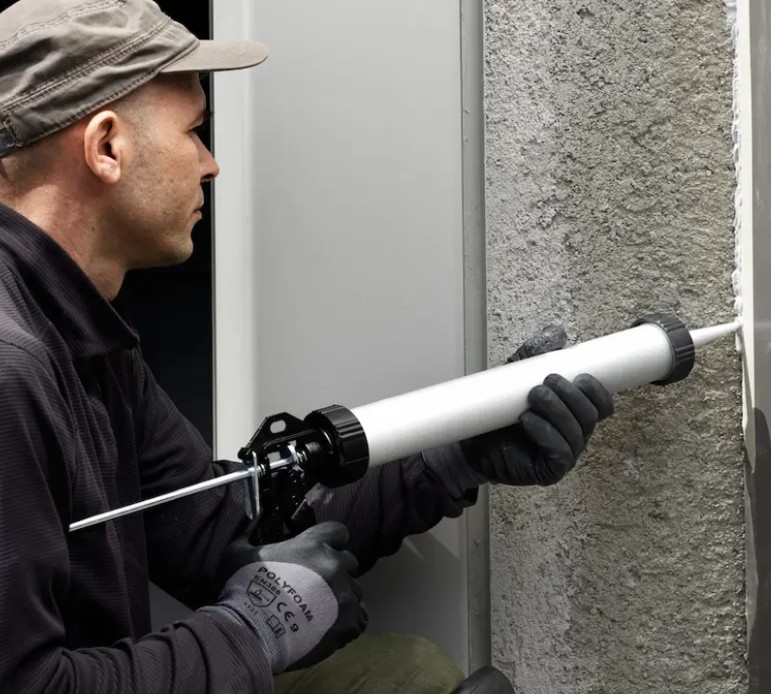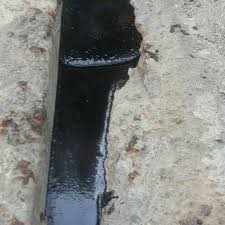
Please wait, loading...

Please wait, loading...

![]()

Sealants are one of the key elements in the design, construction, and maintenance of concrete structures. Due to their unique properties, they play a vital role in enhancing the durability and performance of such structures. In addition to preventing the ingress of water, moisture, chemicals, and other harmful agents, sealants help control movement caused by temperature changes, external loads, and concrete shrinkage, thereby reducing the risk of structural cracking.
The ACI 504R standard is recognized as one of the most authoritative technical references in this field, providing comprehensive guidelines for the design, selection, and proper use of sealants.

Applications of Sealants in Concrete Structures
1. Contraction Joints:
These joints are typically designed to control cracks caused by concrete shrinkage. Sealants are used to prevent the spread of cracks and the infiltration of moisture or chemicals. Commonly applied in floors, walls, and areas exposed to volume changes, high-quality sealants enhance the structure's longevity.
2. Expansion Joints:
Designed specifically to absorb movements due to temperature fluctuations in concrete structures. These joints are found in bridges, large buildings, concrete decks, and structures sensitive to thermal changes. Appropriate sealants allow for free movement and prevent cracking or detachment.

3. Construction Joints:
These joints occur where concrete placement is stopped and resumed. Sealants reduce permeability and improve resistance against external forces and corrosive agents. They are critical in water tanks, tunnels, and retaining walls requiring full waterproofing.
4. Movement Joints:
These joints accommodate relative movements between different structural sections. Elastic sealants with high deformability are ideal here, commonly used in industrial flooring, parking structures, and tall walls.
5. Sealing Around Metal or Polymer Pipes in Water Tanks:
At pipe penetrations through tank walls or floors, sealants with high adhesion and water resistance are essential due to hydrostatic pressure and the risk of cracking.
6. Chemical Storage Tank Joints:
Sealants with high chemical resistance, such as chemically resistant joint mortars, are used to prevent chemical leakage and protect the structure.
7. Pools and Water Channels:
In swimming pools and irrigation channels exposed to water, sealants provide crucial waterproofing and leak prevention.
8. Bridges and Concrete Decks:
Sealants are necessary for bridges and decks subjected to heavy traffic, thermal variation, and moisture to maintain integrity and minimize environmental damage.
9. Dams and Hydraulic Structures:
Sealants resistant to high hydrostatic pressure are vital for dams to prevent water leakage and control concrete cracking. Materials such as polyurethane, silicone, and polysulfide are commonly used.
Essential Properties of Sealants
These features collectively ensure sealants meet the performance needs of concrete structures. Adhering to the ACI 504R standard ensures optimal functionality.
Types of Sealants According to ACI 504R
1. Elastomeric Sealants:
These flexible sealants resist thermal changes, making them ideal for movement and expansion joints. Typically made from silicone or polyurethane, they offer long service life and tolerate large movements. Products like Abadgaran’s single-component polyurethane sealant are recommended for such applications.
2. Bituminous Sealants:
Made from asphalt-based materials, these are used in less critical applications. Due to lower resistance to temperature changes and chemicals, their use is limited. Abadgaran’s cold-applied bituminous mastic is suitable in these cases.

3. Polymeric Sealants:
Including epoxy and acrylic-based materials, these offer excellent mechanical and chemical properties, ideal for industrial floors, chemical storage tanks, and tunnels. Abadgaran’s epoxy-based chemical-resistant mortar is one such product.
4. Cementitious Sealants:
Used in fixed joints or where flexibility is not essential. These are also suitable when visual consistency with concrete is desired.
Practical Guidelines for Sealant Application
Sealants are critical components in the design and maintenance of concrete structures, with widespread use in expansion, contraction, construction, and movement joints. Their high adhesion, flexibility, environmental resistance, and long-term durability contribute significantly to structural longevity. The ACI 504R standard serves as a comprehensive reference for sealant design, selection, and application. By following proper installation practices and choosing the right sealant type, optimal structural performance against environmental and mechanical stresses can be achieved.
References:
ACI 504R